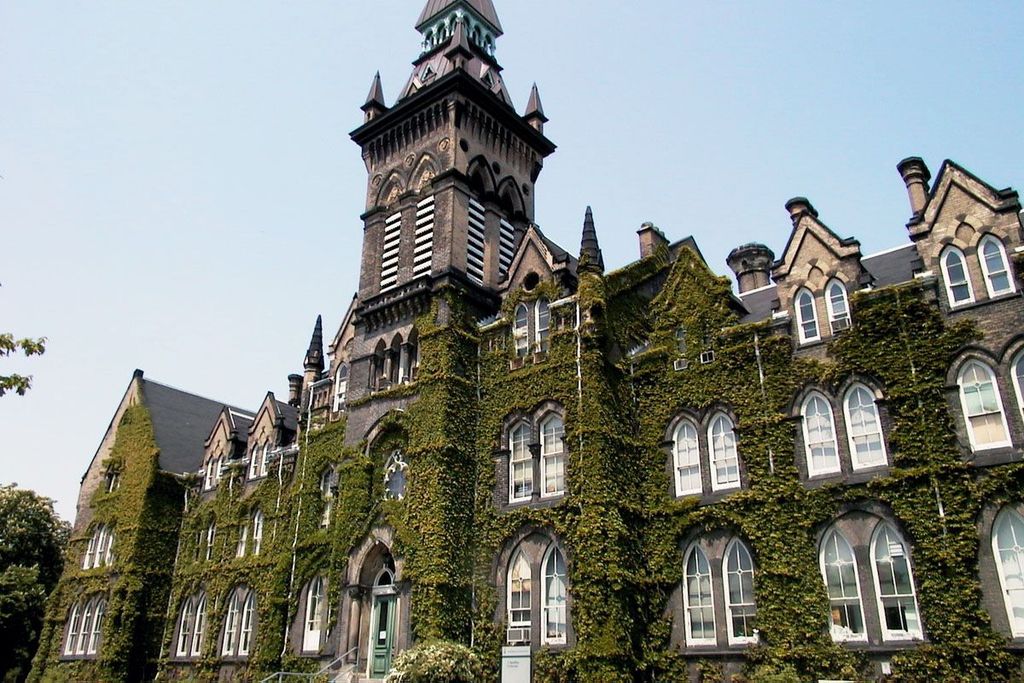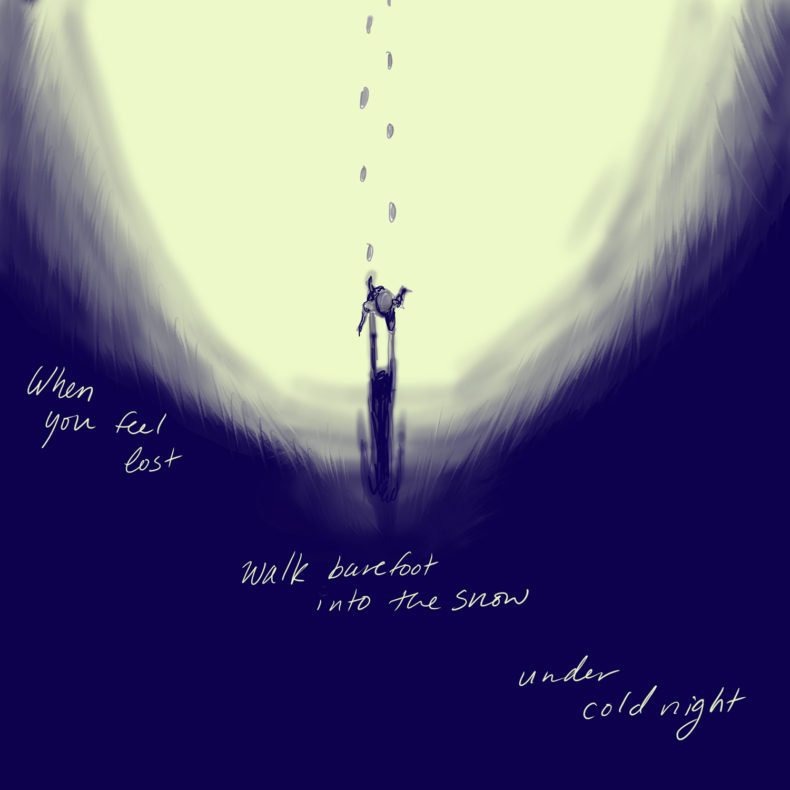
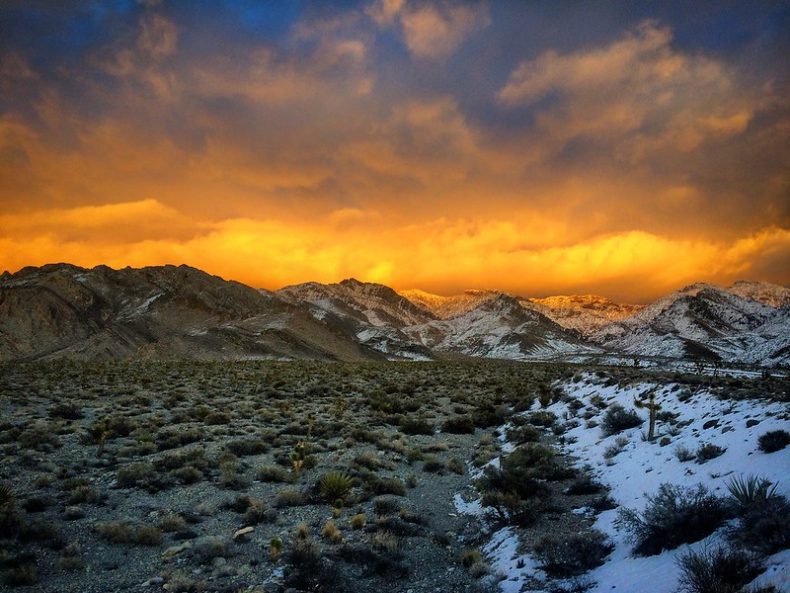
This post began with a question from my dear friend, the novelist and documentary filmmaker George Lerner.
Looking over two years of footage from South Texas, I noticed something striking: I have lots and lots of glorious images filmed around sunset, but scant few decent shots at sunrise. Why is this, I wondered — is there a difference from an optical or geophysical perspective between sunset and sunrise?
George copied me on this question he sent to my dad, who has taught atmospheric physics. (How the three of us became close like family is a story for another day.)
I had a knee-jerk answer to George’s question: the reason that sunsets are more amazing than sunrises is that you just see a hell of a lot more of them. So I chuckled to myself when I saw that Dad’s reply to George began, “I try to avoid the early morning hours so I do not see many sunrises.” (Neither of us are morning people.)
But it turns out that there’s more to it than just selection bias. There are scientific reasons that sunsets might be more scenic than sunrises.
Continue reading
When I first decided to become a full-time writer, I did what any red-blooded American would do: I bought stuff. I purchased a bulletin board so I could pin up my to-do lists and story leads. I ordered a new planner to mark my new beginning. And I splurged on a new standing desk so I could become my best self. Once I became my own boss, I would stand all day, and be so productive! After all, a 2013 WIRED article declared that sitting was the new smoking; as an able-bodied person, I had the means to improve my health by standing, so why not take full advantage? Once I got the hang of the standing thing, I’d invest in a treadmill desk and reach my final actualized form. Becoming a freelancer meant becoming a master of my own fate.
The joke was on me: I quickly discovered that I cannot write standing up. Any time I had to get down more than a paragraph, any time I got stuck in my thought process, or even if I had to write a medium-stakes email, I found myself pulling up the uncomfortable, shoddily made chair I’d bought “just in case.” (As a meta note: I actually started writing this while standing, but once I sat down, I deleted almost all of what I’d written and started over.) Sometimes, back when I could still have company over, friends would see my desk and ask, “How do you like it?” I felt like a fraud admitting the desk wasn’t working out the way I’d imagined.
Continue readingThis post originally ran in November of 2011.
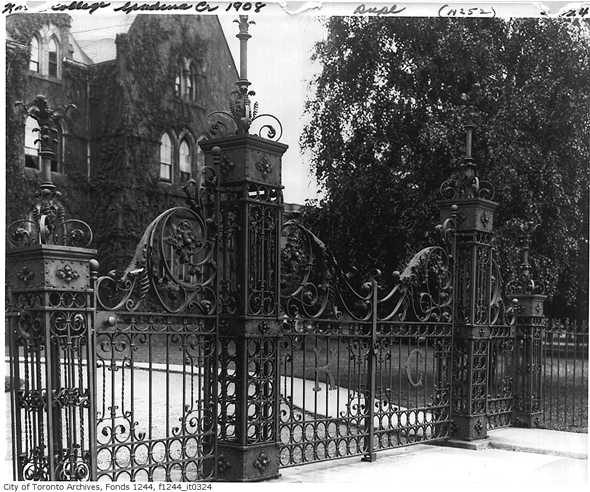
The universality of science – an obligation to produce identical results no matter the setting – removes a certain sense of place from science history. What does it matter where mitosis was first understood, if it could just as well be discovered anywhere in the biosphere? Furthermore, it’s hard nowadays even to pin down a location for scientific advances: authors are listed according to institutional affiliations, often spanning the globe to collaborate on a single journal article.
There is a place, I think, for recognition not only of great minds but also of the physical spaces that have witnessed some of their best work. While laboratory spaces look different now than they used to, it’s well worth revisiting the conditions under which pivotal discoveries were made. Our species is adapted for social learning based on modeling, and the more clearly we can visualize our personal heroes at work, the better we can put ourselves into their minds, applying their ways of thinking to our own professional questions.
I invite you to share in the comments section a building that inspires you in your own appreciation of science, and I’d like to share one of mine with you now.
Number One Spadina Crescent is a massive, ivy-covered Gothic Revival building erected in 1875 on the edge of Toronto’s university campus. It stands alone in the middle of a busy roundabout, and until 2007 it was impossible to reach it without jaywalking across three lanes of curving traffic and streetcar tracks.
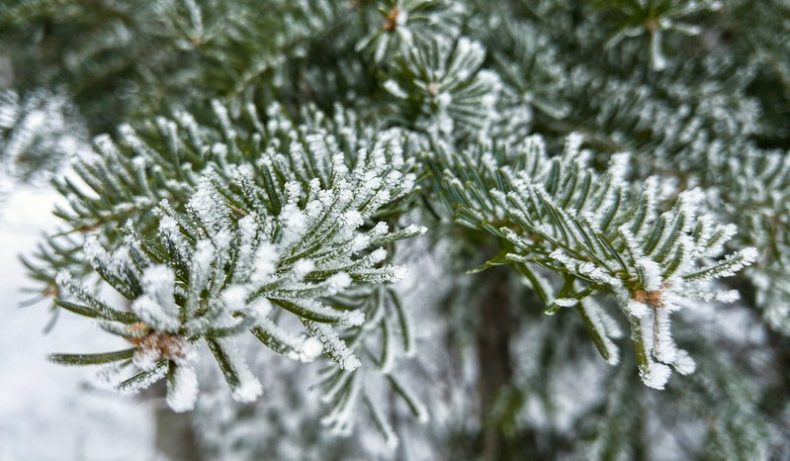
Snow falls often where I live now. I love it, mostly. I do like to work, so I don’t love when it creates snow days. But I love its crisp delicacy, falling soft and softly falling. I love its silence and its brightness. I love the way it tattles on the deer and turkeys and bobcats and coyote and mountain lions and soon, the bears that walk by and around my house.
I especially love the way it falls upon the conifers. The sight of a snow-fattened tiny spruce, or a tall burdened ponderosa, were among the things I missed most during the years I didn’t live in Colorado.
Continue reading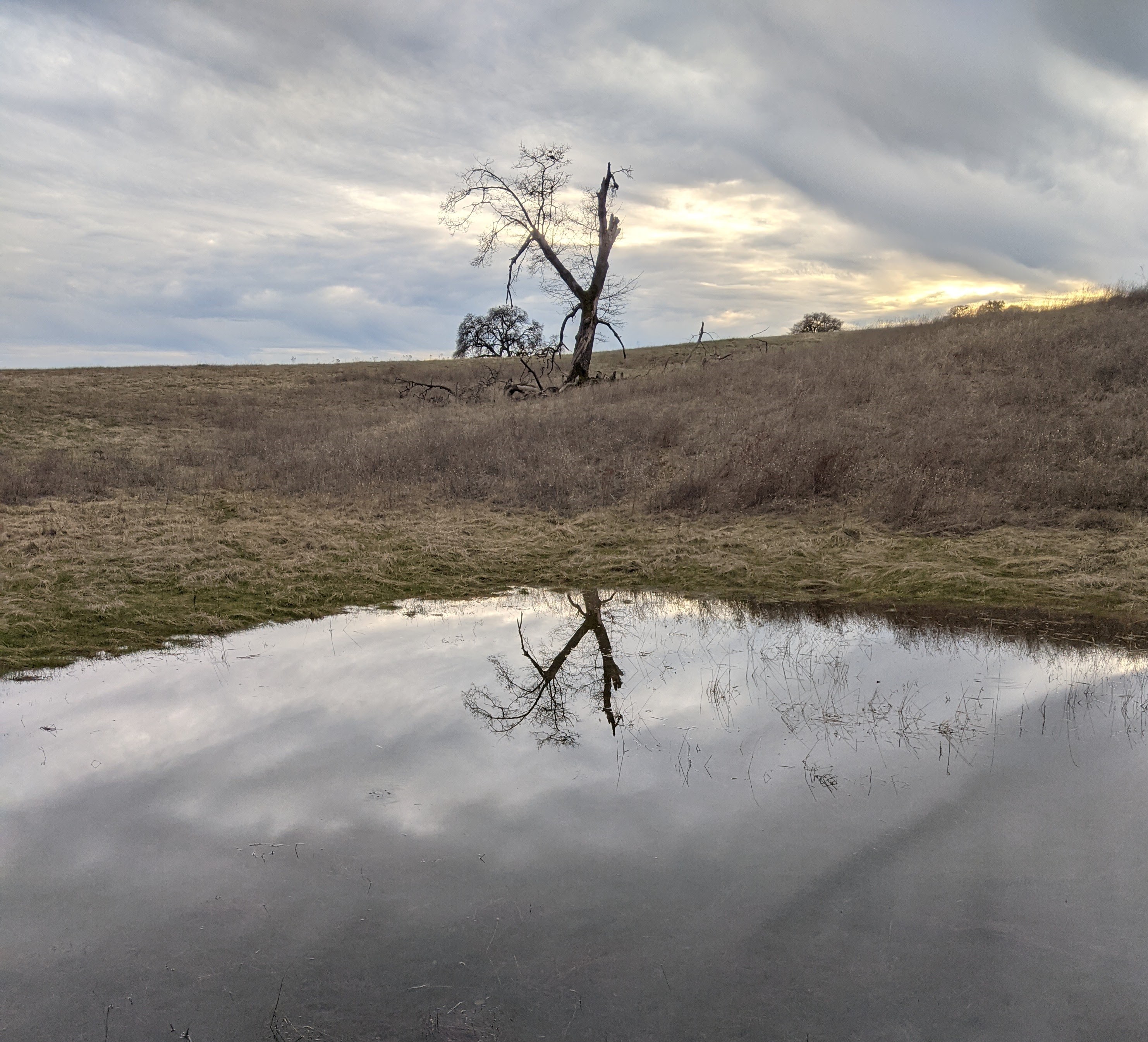
I have always liked the word “foothill.” It evokes not only the low hills at the foot of a mountain, but the pleasure of footing over them. When the hills turn soft and green, I like to imagine placing a marble at the top of a hill and watching it roll. Last weekend, I followed the imaginary marble on a long, solo walk, intending to get at least a little bit lost. I followed a stream until I found a sunlit meadow, ate half my turkey sandwich, then fell asleep. When I woke up it was late, dusk coming on quickly. A pair of deer grazed a few feet from where I had been napping. All around me, a chorus of frogs sang wildly of spring, sex, and resurrection.
Frogs, I recently learned, can survive freezing temperatures because the sugar in their blood protects their vital organs from ice crystals. Their hearts may stop beating, they may stop breathing, but as soon as temperatures get warmer, the frogs wake up to mate and sing. Other frogs can survive long droughts by making themselves a dead skin cocoon, mummifying themselves until the rains return.
Continue reading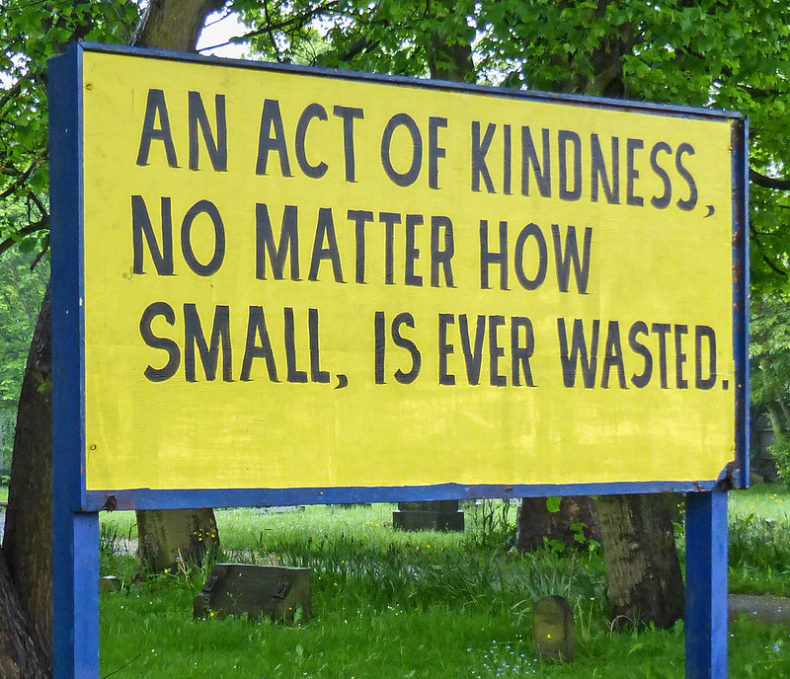
My first experience with automated transcription happened a decade ago. In 2010 I joined Google Voice and started getting transcripts of my voicemails. The results were, not surprisingly, underwhelming. Back then, most speech recognition software was underwhelming. Here’s my first transcript:
Hi Cassandra, this is Anna 10 calling to run. Thank you for the science now on a call if they were at. Just two little things that we were hoping you might be able to rephrase I’m gonna send you an email and let you know to see if it’s possible. I think both She She, Syria and, got the call, or felt a little bit. I’ve left out of the article so. I will send you an email. Thanks bye bye.
Thanks, Anna 10. Let’s loop in She She and Syria and circle back.
But oh how times have changed. AI got good. AI got astonishingly good. So good it is now, gasp!, useful. More than useful. For journalists, automated transcription tools have been a godsend. (You can find a comparison of various services here.)
These tools are good, but none of them are perfect. Some, in fact, are hilariously imperfect. Here I present a bevy of AI bloopers.* Enjoy. (And please add your own bloopers in the comments!)
Continue reading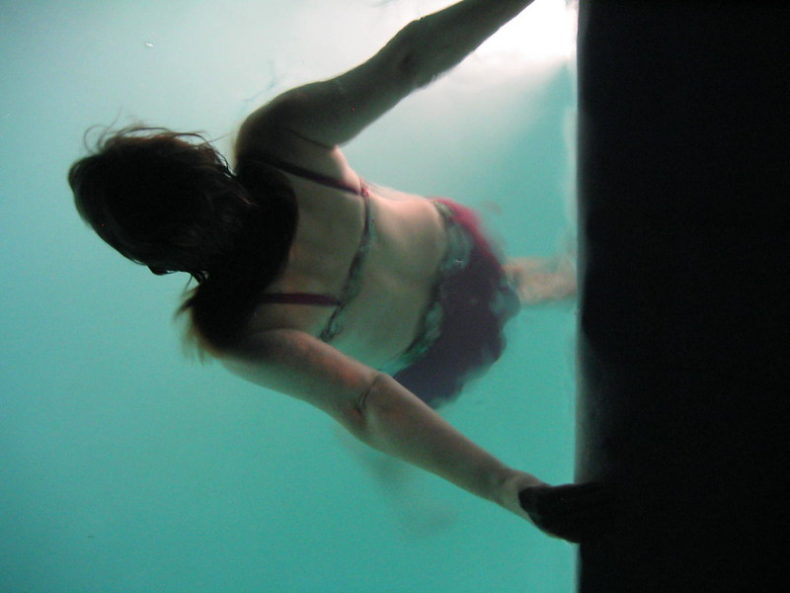
The other day I hovered over the computer as the clock counted down. Was I on the right page? Refreshing, refreshing, refreshing. Was I logged in? At 7:00 p.m., the screen changed, and I zipped around with my cursor, checking the open slots, trying to check the right box.
It wasn’t a vaccine appointment. It was a lap lane.
I’ve always been an inconsistent swimmer. For many years, I moved so often that I never found a rhythm. It took me a while to get the lap swim schedule down—and then the snow would fall, or I’d start training for a long run, or move again. In the last few years, I only swam when I was pregnant or nursing an injury. Last year, I’d been thinking about getting in the pool again, and then you know what happened. Once the pool did reopen, it seemed too complicated to navigate the sign-up system, too strange to follow the many new rules.
Continue reading